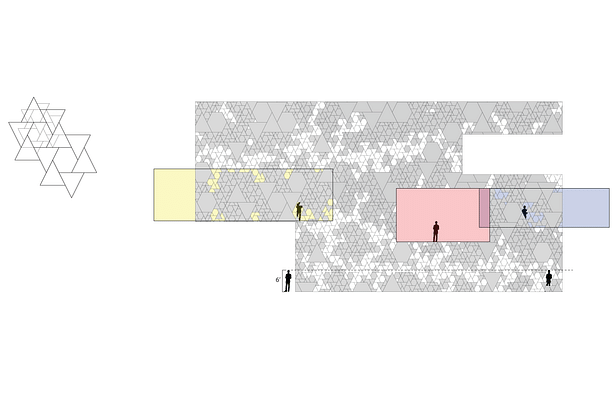
Fall 2011
Studio with Mike McKay
This studio focused on the earthquake and tsunami disaster that had devastated Japan earlier in 2011. The project idea was to create a community center that would act as the central hub for those in the area both native and foreigners. The building itself was required to contain certain programs, which included: offices, a cafe, a lecture hall, a tool workshop, a reading room, a collection room, a resource library, a lobby, a gallery space, a cafeteria, and a technology lab. The first part of the semester was research based as the studio grasped a better understanding of the effect the disasters had on the three sites we had chosen. All three of these sites had been hit hard. The site I chose was Rikuzentakata, which was basically wiped off the face of the Earth. When it came to the building’s design we were told to chose a word and find a way for our community center to embody that. My word was “adaptation.” With my word I decided to show how the different programs within this structure could combine or adapt to one another. This I did by grouping opposit programs together in order to see how they would react to one another. The connections of the programs were done both physically and through the combination of program. Also, I decided to use colors to evoke certain feelings that was related to the Japanese culture and the program.
Status: School Project
Location: Lexington, KY, US
